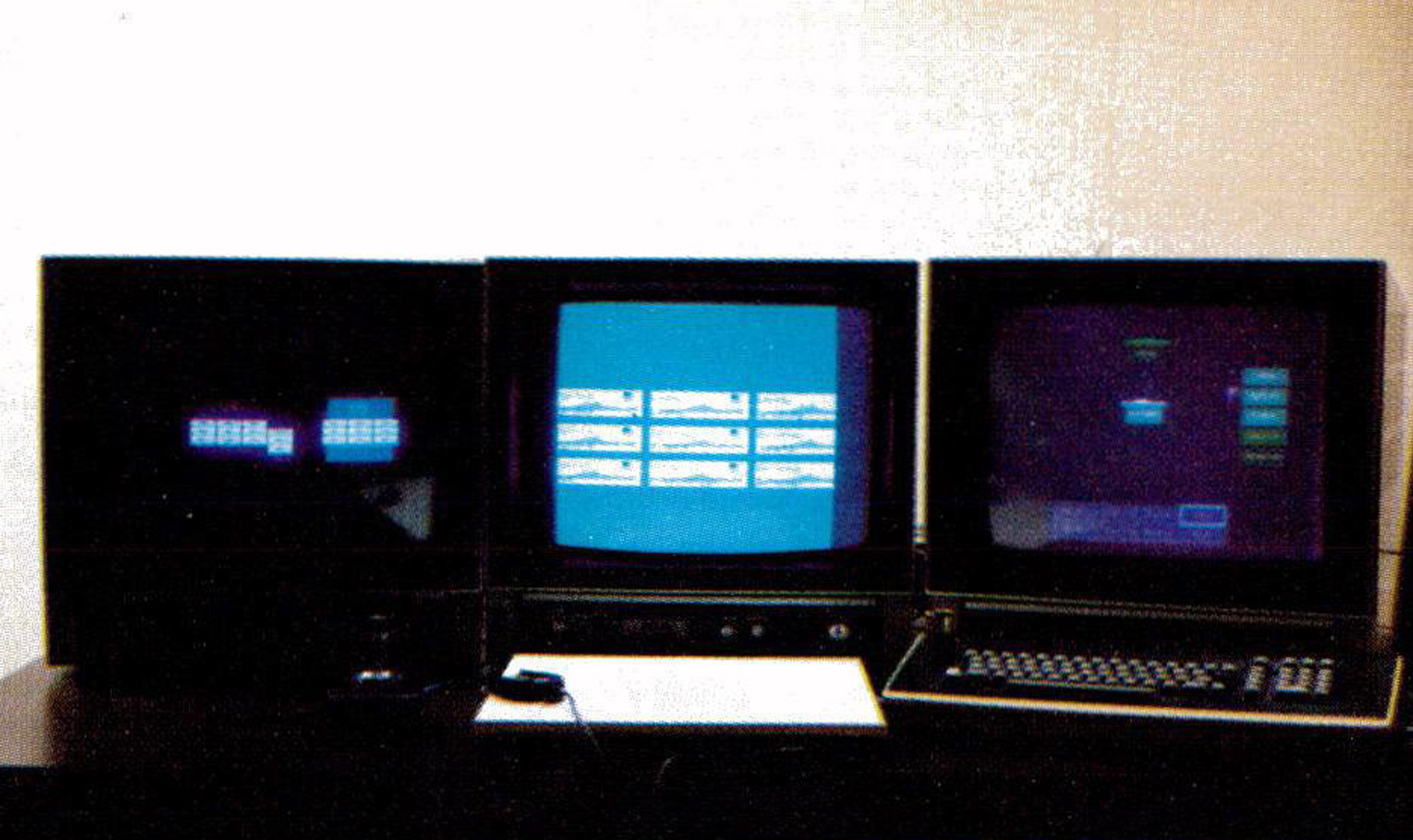“Special purpose automatic programming for hidden surface elimination” by Goad
Conference:
Type(s):
Title:
- Special purpose automatic programming for hidden surface elimination
Presenter(s)/Author(s):
Abstract:
In many applications of three dimensional computer graphics, the appearance of the same scene must be computed repeatedly for many different positions of the viewer. This paper concerns a scheme for exploiting this property of an application for the purpose of improving the efficiency of the hidden surface computation. The scheme involves a kind of automatic programming: for each scene to be considered, a different special purpose program is automatically constructed. The special purpose program then takes the position of the viewer as input, and generates a suitable description of the scene with hidden surfaces removed as output. Since the special purpose program has a very limited task to perform – it is adapted to handling just one scene – it can be much faster than any general purpose algorithm would be for the same scene. The paper describes a method by which special purpose programs for hidden surface elimination can be constructed in a fully automatic manner. The method has been implemented, and results of experiments are given.
References:
1. Beckeman,L., Haraldsson, A., Oskarsson,O., and Sandewall, E.{1976}, A partial evaluator and its use as a programming tool, Artificial Intelligence Journal 7,1976, pp. 319-357
2. Burstall R.M., and Darlington, J.{1977}, A transformation system for developing recursive programs, JACM, Vol. 24, No. 1, January 1977
3. Fuchs, H., Kedem, Z.M., and Naylor, B.F.{1980}, On visible surface generation by a priori tree structures, Computer Graphics, Vol. 14, No. 3, July 1980,p. 124
4. Knuth, D.E.{1968}, The art of computer programming, vol 1: Fundamental algorithms, Addison-Wesley, Reading Mass., 1968, pp. 258-268
5. Newell, M.E., Newell, R.G., and Sancha, T.L.{1972}, A new approach to the shaded picture problem, Proc. ACM National Conference, 1972
6. Robson, J.{1979}, The height of binary search trees, The Australian Computer Journal, 11(1979), pp 151-153
7. Sutherland, I.E.,Sproull, R.F., and Schumacker, R.A.{1974}, A characterization of ten hidden-surface algorithms, Computing Surveys, Vol. 6, No. 1, March 1974
8. Yao, F.F{1980}, On the priority approach to hidden surface algorithms, Proc. 21st Symposium on Foundations of Computer Science, October 1980




